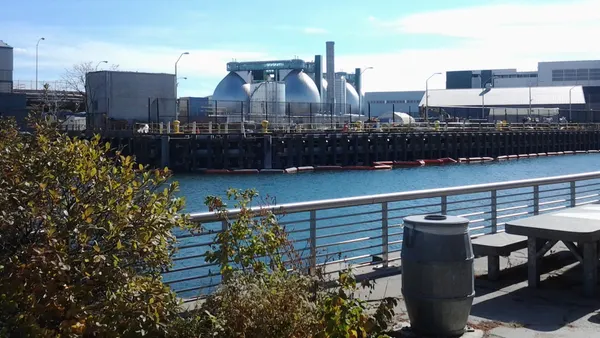Dive Brief:
- Scott County, IA — home to the Quad Cities metro area — plans to solicit proposals for a study on the costs and logistics of organics collection in 2018. The study is expected to cost $20,000-40,000 and would be completed by the fall, as reported by the Quad-City Times.
- This follows a new waste characterization study, conducted by SCS Engineers for the Iowa Department of Natural Resources (DNR), that found food waste comprised 20% of all material in landfills. The study estimated that organic material — including food waste, yard waste, diapers, textiles and rubber — accounted for 31.5%.
- The Davenport Compost Facility, which currently processes yard waste and biosolids, seems to be the initial candidate for a new country program. However, it may not have enough capacity or be suited to handle an influx of food waste. If approved, the study would review collection methods and processing capacity, among other factors.
Dive Insight:
The Scott County Landfill has a similar breakdown of food waste compared to the state average, though the overall percentage has increased by 50% since 2011. This is attributed to a reduction in other material rather than a direct increase in food waste. Though as the county has found success targeting other waste streams, this also makes food waste seem like the most logical next step.
This would mark another new innovation in the county's material management plan. Scott County recently completed a $10.75 million MRF upgrade and a switch to single-stream collection that has resulted in a 61% increase in recycling volumes. This process also involved finding a new market for glass, and has helped the county avoid notable market effects from China's new import policies.
If the county does move forward with a food waste program, it would be at least the fifth local government in Iowa to do so — following Cedar Rapids, Iowa City, Dubuque and North Liberty. According to a recent study by BioCycle and the Institute for Local Self-Reliance, the number of organics collection programs in the U.S. has nearly doubled since 2014. The needs of each community differ depending on price, processing capacity and regulatory structure, but more research has shown that there is interest in such programs far beyond the usual big city examples.









